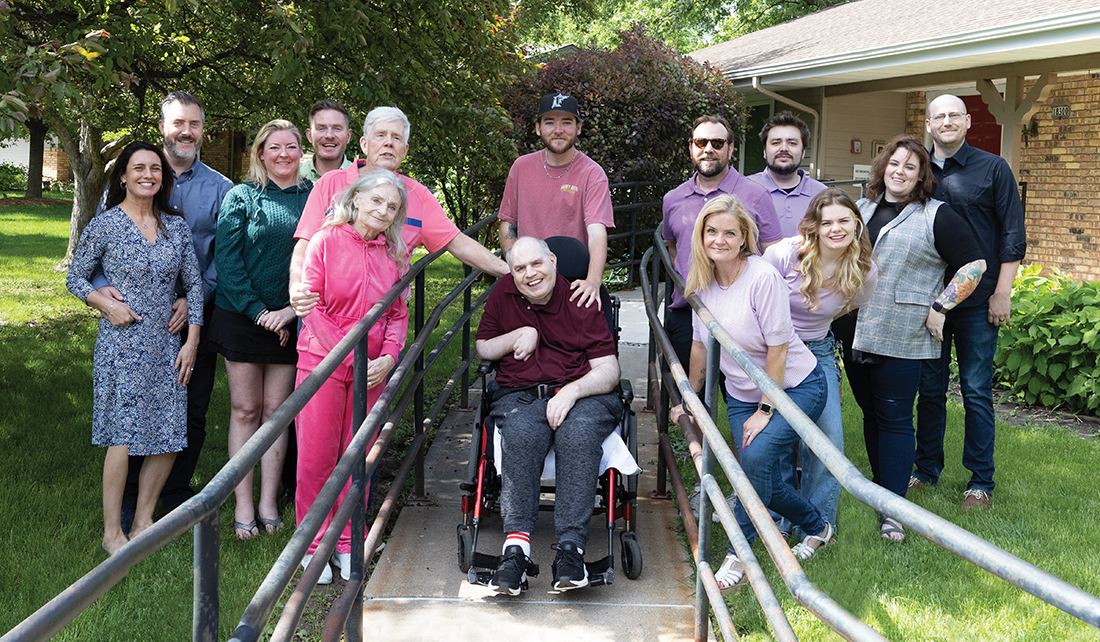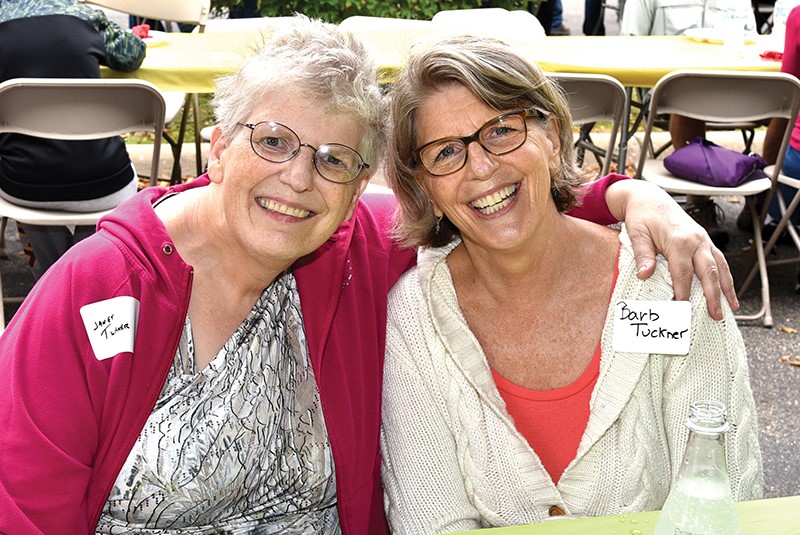
Kelly (left), supported by Hammer & NER, and her devoted sister, Anne
The sibling relationship is one of life’s most enduring and multifaceted connections, particularly for those with a brother or sister living with an intellectual disability. This bond often transcends mere companionship: Siblings frequently find themselves taking on roles as advocates, caregivers, and essential supporters in the lives of their loved ones. However, every sibling’s experience, every family’s experience, is different. Some embrace a caretaker role from an early age. Some are living their own life as their parents have traditionally provided the majority of care or decision making. However, as the parents age, will the sibling(s) be prepared to step into the decision-making role?
By engaging siblings in the planning process, families can facilitate a smoother transition into the future.
Planning for the Future
As parents age, shifting responsibilities for the care of a child with an intellectual disability to his or her siblings can be challenging. It’s vital for families to initiate conversations about future care early on, normalizing discussions to make them routine. Engaging siblings in conversations with service providers, can foster a sense of involvement and preparedness. Recognizing that each sibling’s experience is unique, it’s important to create a supportive environment where open communication can flourish.
Siblings may need to not only manage care previously handled by their parents, but also collaborate with healthcare professionals, and make critical decisions about their loved one’s future. This underscores the need for a collaborative approach, where siblings are active participants in care planning and decision-making. Families that involve siblings in these discussions not only bolster their confidence but also prepare them to handle the challenges that arise as their loved ones age. Effective planning can encompass various life transitions—moving from school to adult services, living independently or moving to a group home, and addressing potential grief. A useful tool in this process is the “Letter of Intent,” a non-legal document that outlines important information for future planning. This letter can include:
- Family history: Traditions and stories that shape identity
- Support network: Friends, neighbors, and community resources
- Medical history: Key medical contacts and medications
- Personal histories: Capabilities and interests of the individual
- Activities history: Education, jobs, and social engagements
- What works: Effective behavioral strategies and motivators
- Financial planning: Estate and legal arrangements

Mike Smith (center) surrounded by his large and caring family
Support for Siblings
Siblings often juggle multiple responsibilities, including caring for aging parents, their own children, and managing careers. They may not always feel prepared to engage fully in support planning but appreciate being included in conversations about their loved one’s care. Recognizing the potential barriers—financial, personal, or logistical—that siblings may face is also crucial in ensuring they can fulfill their supportive roles. Active participation in care planning is crucial, even if siblings cannot attend every meeting their insights should be incorporated into care plans, fostering smoother transitions, and ensuring their loved ones receive the best possible support.
As siblings age, they will inevitably face end-of-life issues and the transition of caregiving roles.
The role of siblings in the lives of individuals with disabilities is essential and multifaceted. By providing siblings with the support and resources they need, families can ensure they remain a vital part of their loved one’s support system. At Hammer & NER, we celebrate the invaluable contributions of siblings and are committed to empowering them as advocates and caregivers for their loved ones. Together, we can foster a more inclusive and supportive community for individuals with disabilities and their families.
(In photo above, Barb Tuckner (right) is pictured with her sister, Janet, who is supported by Hammer & NER)


Recent Comments